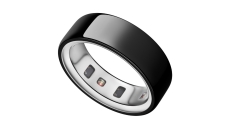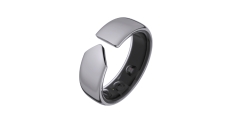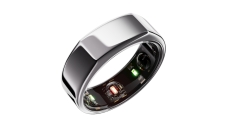activity tracking wearables
The company's CEO, Tom Hale, told MobiHealthNews Oura will use the funds "for AI-driven innovation to redefine what digital health technology can do."
The tech giant's SensorLM analyzes data from wearables to provide personalized insights into how everyday life affects one's body.
Dr. Ricky Bloomfield, Oura's first CMO, spoke with MobiHealthNews about his plans for the company and his vision to personalize Oura's offerings using generative AI.
The company says 510(k) clearance will allow it to pursue multiple business opportunities pertaining to remote patient monitoring and clinical trials.
Last week, the wearables company announced it opened an investigation into apparent manipulation in trading its common shares following a 1-for-15 reverse stock split.
The alliance aims to help athletes train and monitor their vital signs with mobile fitness devices, including Amazfit smartwatches and Helio ring.
The company's portable, battery-operated and Bluetooth-connected device with RPM capabilities enables patients to complete respiratory treatments from anywhere.
Wearable sensors provide physiological biomarkers, helping to determine reasons for an athlete's performance and the necessity of altering training to avoid injury.
Users of Oura's ring will be able to share a report showing their sleep and movement data with Talkspace therapists.
Effectiveness of wearables, apps linked to socioeconomic status; Kaiser reaches deal to avoid strike
This week's top stories include a finding that the effectiveness of digital tools varies based on socioeconomic status, and Kaiser Permanente workers reach a tentative agreement to avoid a nationwide strike.








